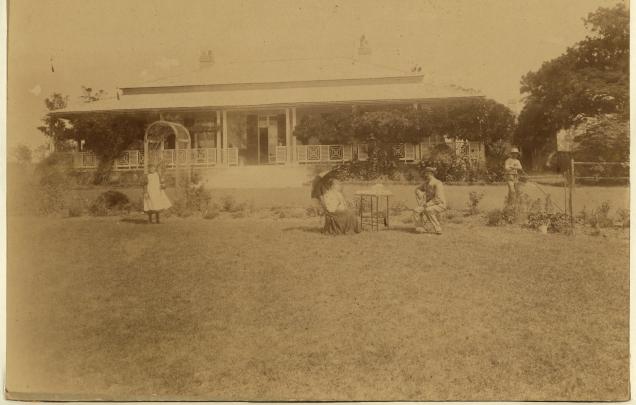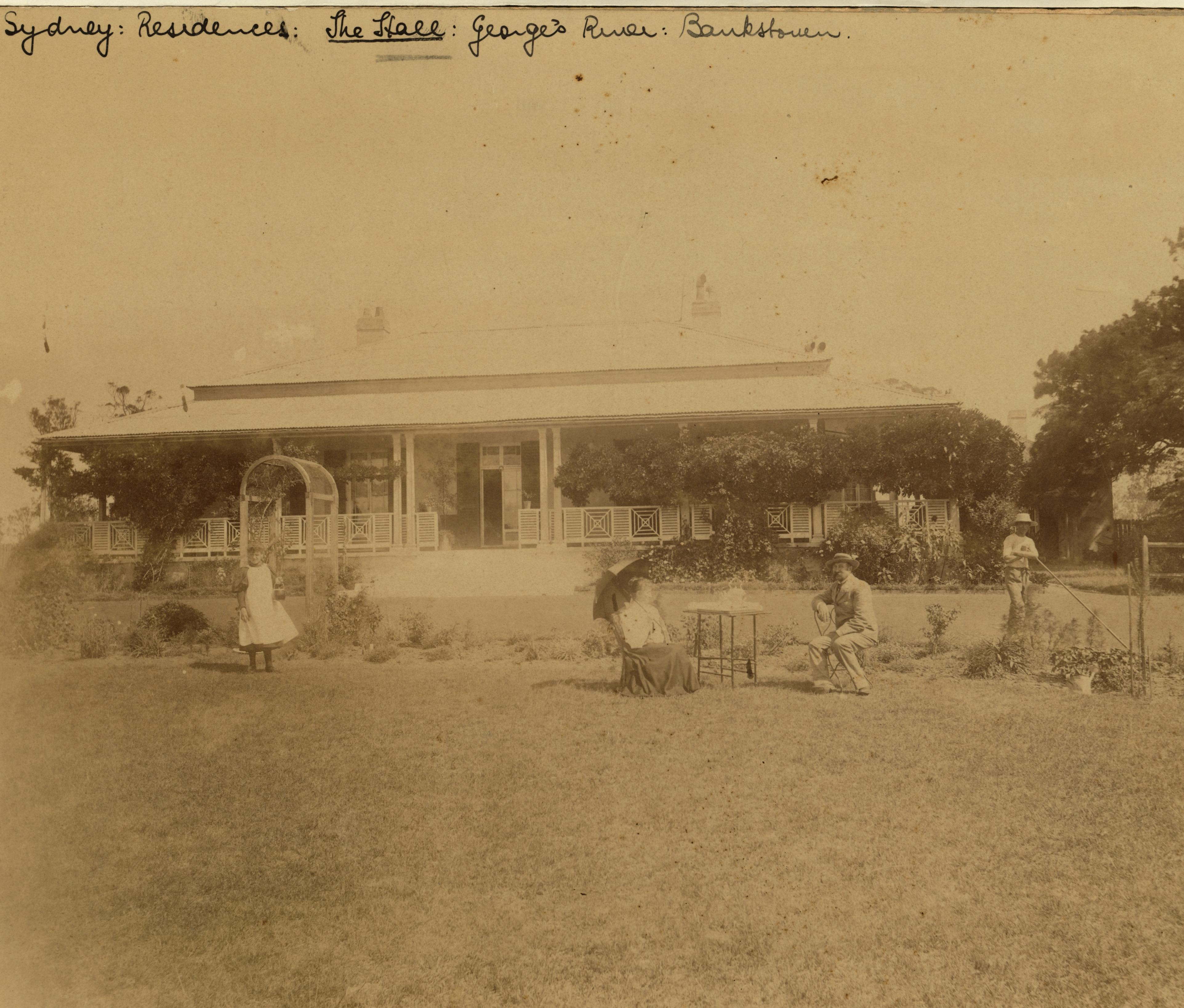We have found something!
Students look at a photograph of Esther’s last home, locate it on a map and discuss the idea of history changing.
This is the student activity 1 of 7 of the Esther Abrahams: a life transformed learning activity.

We have found something!
History can change. History is not static. Historians make new discoveries and interpretations all the time. They may learn new things from newly discovered primary sources, such as letters found in an attic, or they may reinterpret existing primary sources another way or ask new questions depending on their own perspectives too.
Look at this image of a house called The Homestead below. This is a house built and owned by Esther’s son David Johnston on land he had inherited from his father at a place called ‘Georges Hall’. Esther lived here with David and his family for many years after she left Annandale. It is still standing in Sydney.
Find Georges Hall and The Homestead on a map.
The cellar below this building has only ever been partly excavated. This is true!
Imagine a new excavation of the cellar has revealed a wooden box belonging to Esther! What is inside?
Discuss this statement: ‘History can change’.
Design a piece of ‘evidence’ that shifts our viewpoint or elaborates on Esther’s history to help us understand her better. Think about what form your item will take and what message you want communicated. Remember that there was no electricity or phones or computers.
Perhaps, write a first-person narrative from Esther’s point of view or a letter from someone who visited her family farm in Annandale or even one of her own convict servants or children?
Could your item be an artefact? Discuss and define the word artefact.
